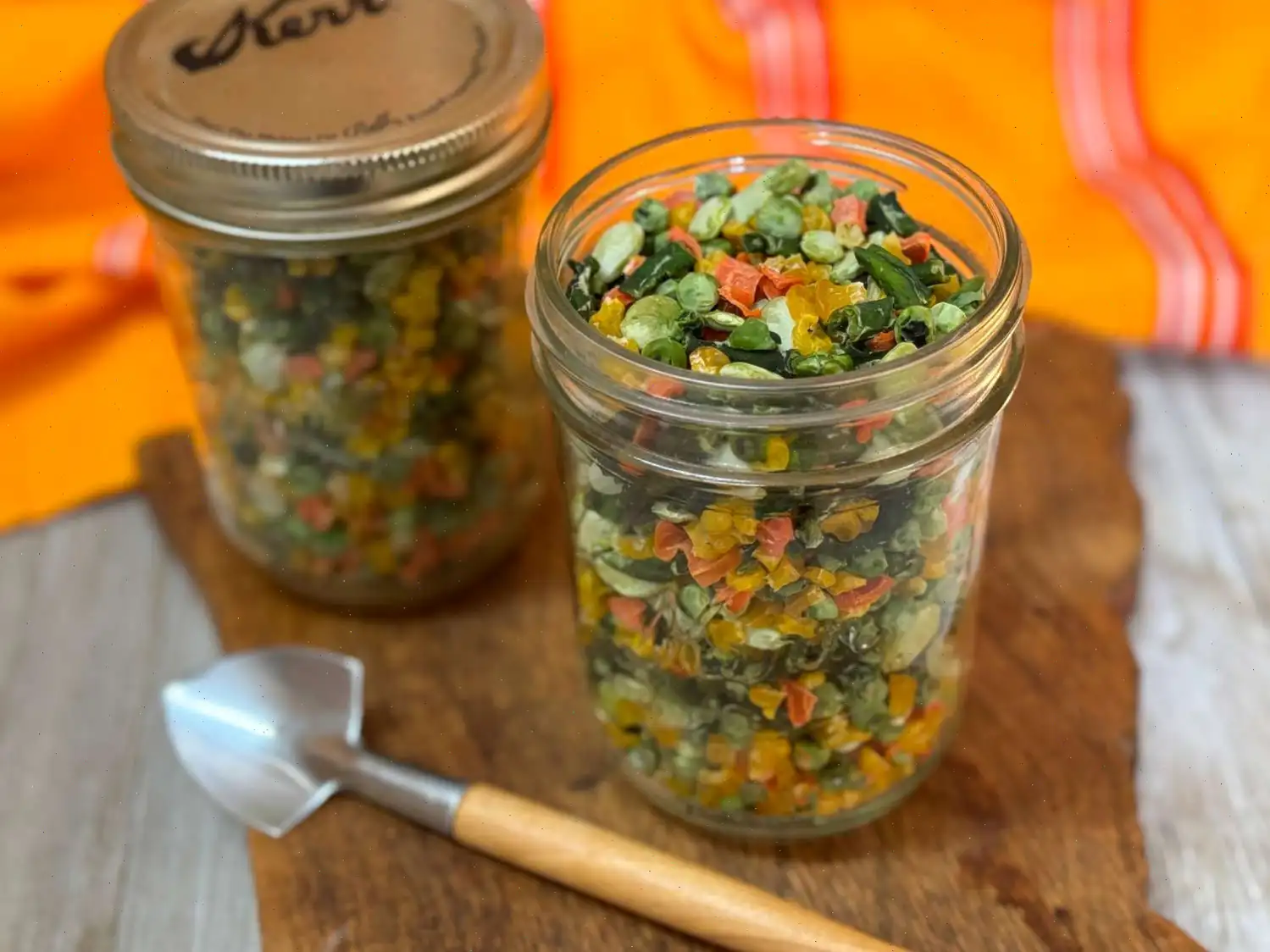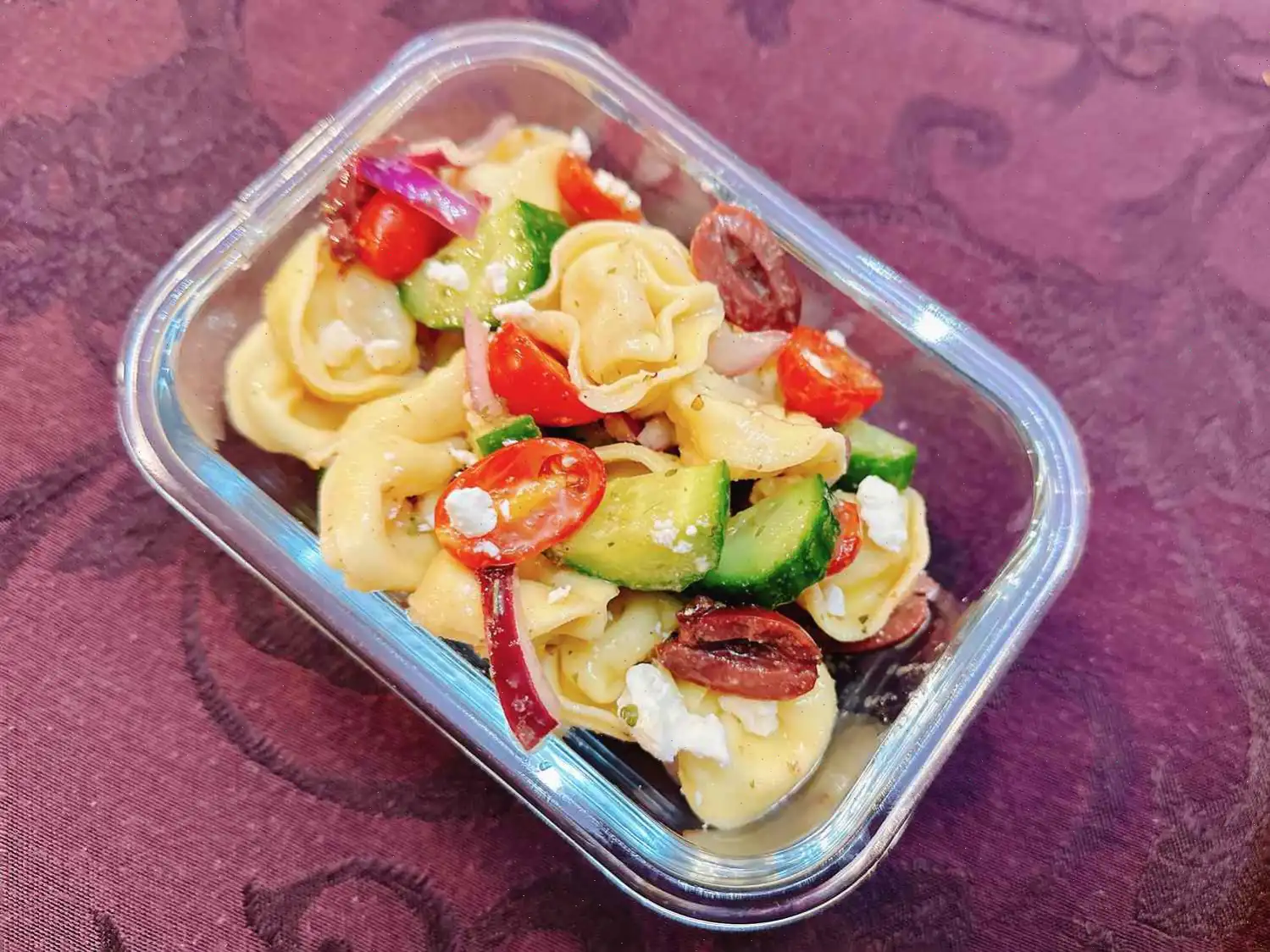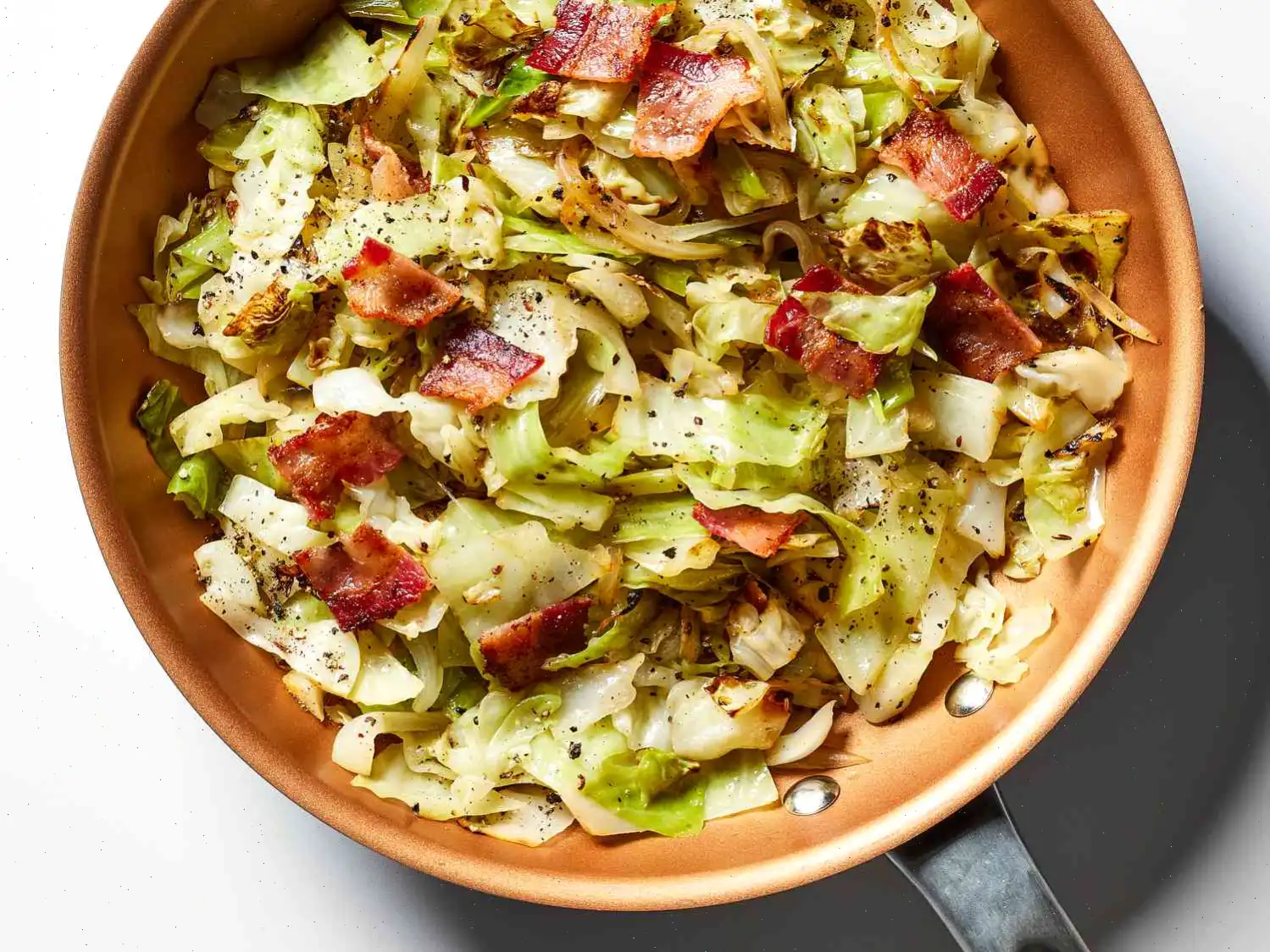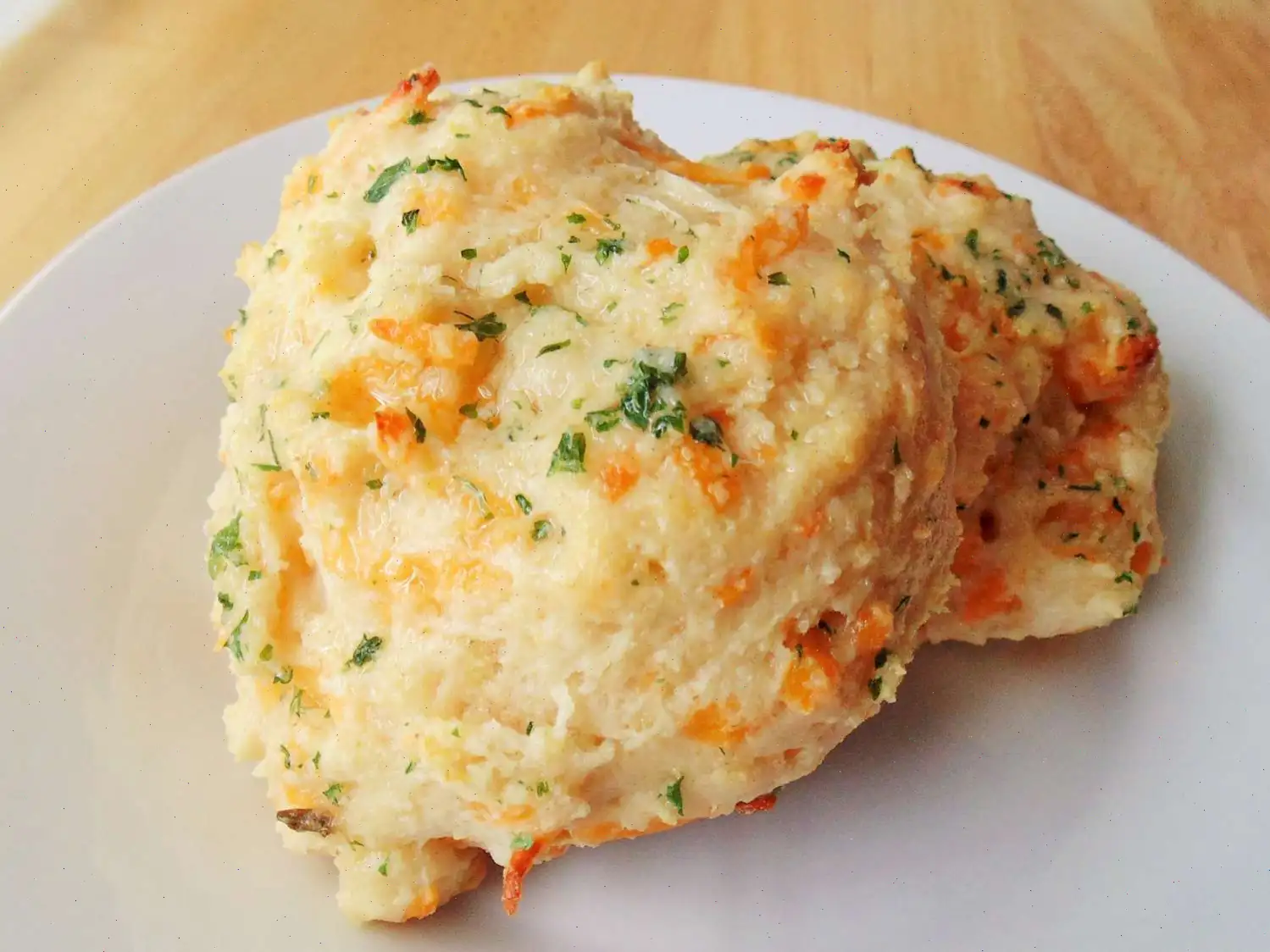
Mignonette Sauce Recipe
Ingredients
- 1/4 cup red wine vinegar
- 2 tablespoons minced shallots
- 1/2 teaspoon freshly-cracked black pepper
- 1 pinch sea salt (optional)
Directions
- In a small bowl, combine red wine vinegar and minced shallots.
- Stir in black pepper and sea salt (if using).
- Allow the mixture to sit for at least 30 minutes, giving time for the flavors to meld together.
- Once ready, spoon about 1/2 teaspoon of the sauce onto each oyster just before serving.
Nutrition Facts
| Nutrition Per Serving | Amount |
|---|---|
| Calories | 1 |
| Total Fat | 0g |
| Saturated Fat | 0g |
| Cholesterol | 0mg |
| Sodium | 0mg |
| Total Carbohydrate | 0g |
| Dietary Fiber | 0g |
| Total Sugars | 0g |
| Protein | 0g |
| Vitamin C | 0mg |
| Calcium | 1mg |
| Iron | 0mg |
| Potassium | 4mg |
* Percent Daily Values are based on a 2,000 calorie diet. Your daily values may be higher or lower depending on your calorie needs.
** Nutrient information is not available for all ingredients. Amount is based on available nutrient data.
Mignonette sauce is a classic French condiment, primarily used to accompany raw oysters. This tangy sauce is a blend of minced shallots, black pepper, and red wine vinegar, offering a sharp and refreshing contrast to the briny flavor of the oysters. It is simple yet sophisticated, elevating any seafood experience. In this article, we will explore the history, regional variations, differences from similar dishes, where it is commonly served, and some interesting facts about Mignonette sauce.
History of Mignonette Sauce
The origins of Mignonette sauce can be traced back to the French culinary tradition. The term "mignonette" itself comes from the French word "mignon," meaning "small" or "delicate," reflecting the subtle and balanced nature of the sauce. It was likely first created as a way to complement the delicate flavors of oysters, a staple in French coastal cuisine. Though it is most commonly associated with France, the sauce has become a beloved accompaniment to oysters worldwide, especially in places where fresh seafood is abundant.
Regional Features of Mignonette Sauce
Although Mignonette sauce is typically made with red wine vinegar, shallots, and black pepper, regional variations exist. For example, in some areas, it may be made with white wine vinegar instead of red wine vinegar for a lighter, more subtle flavor. In other places, fresh herbs or a dash of lemon juice may be added to enhance the sauces freshness. The exact ingredients and proportions can vary, but the essential character of the saucesharp, tangy, and pepperyremains the same.
How Mignonette Sauce Differs from Similar Dishes
Mignonette sauce is often compared to other seafood condiments like cocktail sauce or hot sauce, but there are some key differences. Cocktail sauce, typically served with shrimp, is much thicker and sweeter due to the addition of ketchup, horseradish, and lemon. Hot sauce, often served with oysters as well, adds a spicy kick, which is more aggressive compared to the mellow yet piquant flavor of Mignonette. Mignonette is prized for its simplicity and elegance, enhancing the oysters' natural flavor without overpowering them.
Where Mignonette Sauce is Typically Served
Mignonette sauce is most commonly served with oysters, particularly raw oysters, as it complements their salty, briny taste. It is a classic accompaniment in French cuisine, but it has become popular in various regions around the world, particularly in seafood restaurants. Youll often find it served as a topping at oyster bars, especially in the United States, Canada, and parts of Europe. It can be paired with any dish that features raw shellfish, but it is most associated with oysters on the half shell.
Interesting Facts About Mignonette Sauce
- Despite being a very simple sauce, Mignonette is often considered an essential element in the "oyster experience." Its crisp acidity cuts through the richness of the oysters, making each bite more refreshing.
- The shallots used in Mignonette are milder than onions, which makes them a perfect ingredient for seafood dishes as they don't overwhelm the delicate flavors of shellfish.
- Red wine vinegar, a key ingredient in Mignonette, is known for its slightly fruity, less harsh acidity, which pairs beautifully with seafood.
- In some regions, Mignonette sauce is not just served with oysters; it is also enjoyed with clams and mussels, although oysters are the most common pairing.
- Though Mignonette has roots in French cuisine, it has become a beloved part of American seafood traditions, especially along the East Coast where oysters are abundant.
Conclusion
Mignonette sauce is a timeless and versatile condiment that brings out the best in oysters. Whether you're enjoying fresh oysters on the half shell in a French bistro or an American oyster bar, this sauce offers the perfect balance of flavors. From its historical roots in France to its global popularity today, Mignonette remains a quintessential part of the seafood experience.
You can listen to this recipe in AI audio format. Simply click the play button below to listen to the content in a format that suits you best. It’s a great way to absorb information on the go!








